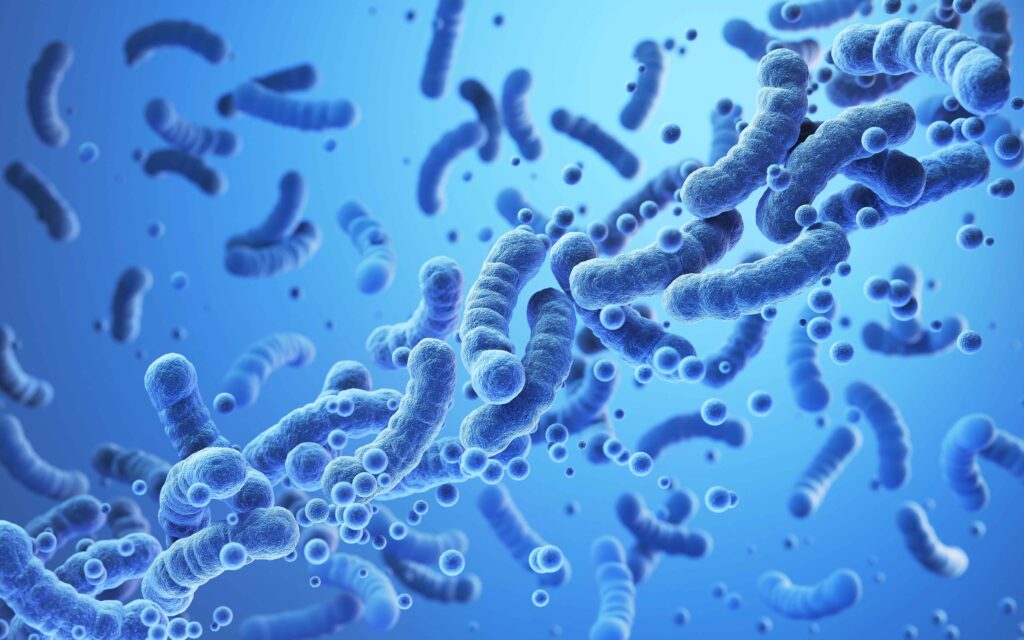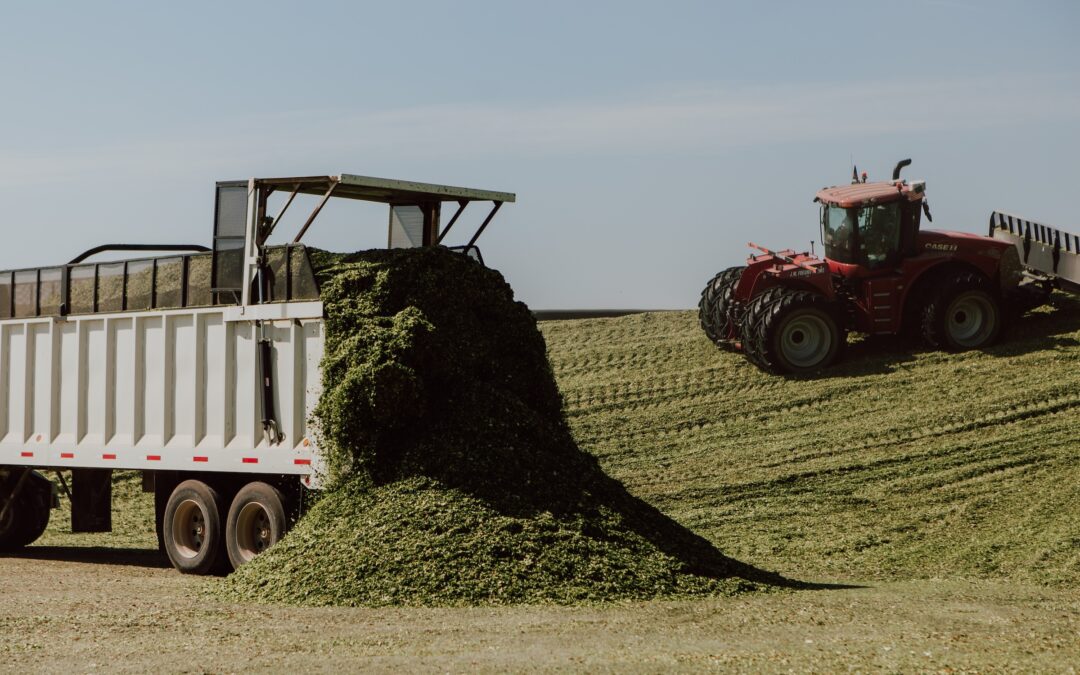Written by: Chad Jenkins PhD, PAS
Have you invested in a high-quality inoculant to supplement silage fermentation and stability? If so, inoculant application and handling must also become critical control points during the silage harvest process to ensure maximum benefits. Several key reminders are outlined below:
Store inoculants in a cool place. Because they contain bacteria in dormant states, inoculants need to be stored in a cool, dry place. Some inoculants even require refrigeration or freezing, so be sure to double-check the label when inoculants are received.
Care during transportation. When transporting to the field, avoid prolonged exposure to direct sunlight and heat, for example, inside truck beds or hot vehicles. Run the A/C for a few minutes before removing inoculants from storage for transportation.
Cold water for rehydration and suspension. Use cold, clean (non-chlorinated) water when mixing the inoculant. The applicator tank should be kept cool with insulation and/or using frozen water bottles – do not use ice, which will melt and dilute the solution. The goal should be to maintain temperatures below 90ºF; temperatures above 95ºF result in significant reductions in colony forming units (CFUs) in silage inoculants.
Keep the applicator clean and operational. The applicator should receive regular attention throughout harvest, ensuring that it remains clean and functional for even spray distribution.
Use it Up. Once mixed, most inoculants need to be used within 24 hours. Plan to only mix what you need for the day and use it up.

Lactic acid bacteria (LAB), commonly used in silage inoculants, enhance fermentation by rapidly lowering pH, improving silage preservation, stability, and feed value.
Standard Dairy Consultants can help.
We understand you measure our value by the results our people deliver. Our experienced team knows how to apply their knowledge to your specific operation in ways that directly impact your efficiency and performance and, ultimately, your profitability. The only way to be good at what we do is to develop a good working relationship with you. We’re regular fixtures at your farm as we get to know you, your people and your herd.


